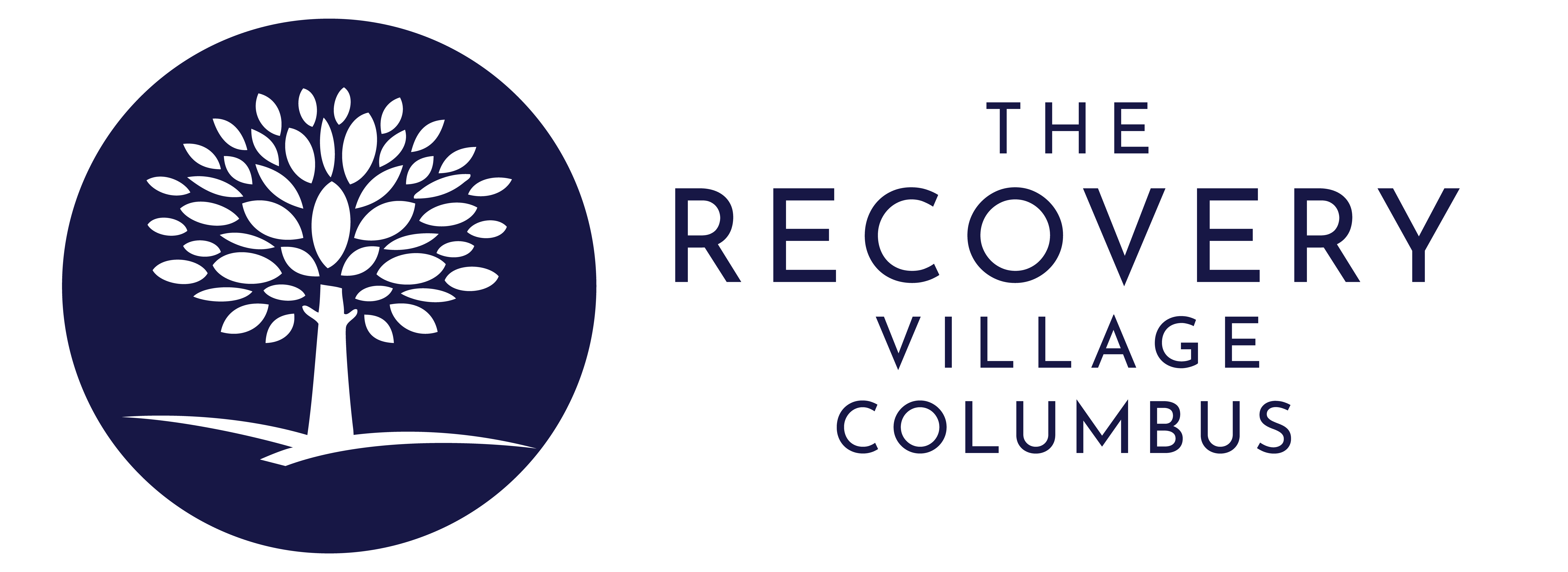Xanax Withdrawal Symptoms, Timeline & Detox Treatment

By The Recovery Village Columbus
Last Updated: January 17, 2023
Xanax withdrawal symptoms can be a major obstacle in recovery, but medical detox programs can help you overcome the hurdle and begin a Xanax-free life.
The Xanax withdrawal process can be uncomfortable and even dangerous in some cases, and it’s one of the biggest reasons why people are unable to stop using the drug. Fortunately, medical detox programs can help people safely and comfortably overcome any withdrawal symptoms they may experience. The following provides an overview of Xanax withdrawal symptoms, how long they last and how they can be treated effectively.
See More: What Are Xanax Bars?
Xanax Withdrawal Symptoms
When you become physically dependent on Xanax and then stop taking it, withdrawal symptoms will occur. A physical dependence on Xanax means that your body relies on the drug to function normally. If you stop taking it after this point, your body will go into a kind of shock as it adjusts to the sudden absence of Xanax, leading to withdrawal symptoms.
Xanax withdrawal symptoms are typically both physical and mental, and they can vary in severity based on factors like:
- How often a person uses Xanax
- How long they have taken it
- How high their dose is
- Whether they are abusing the substance or not
While going through Xanax withdrawal, people may experience symptoms such as:
- Depression
- Hopelessness
- Concentration problems
- Increased heart rate
- Increased blood pressure
- Body aches
- Blurred vision
- Nausea
- Flu-like symptoms
- Sweating
- Muscle tension and twitching
- Insomnia or other sleep disturbances
- Paranoia
- Irritability
- Anxiety
In some cases, there is a risk for psychosis and grand mal seizures. These symptoms can be life-threatening, which is why it’s essential to go through Xanax withdrawal in a qualified and accredited medical detox facility.
FAQs About Xanax Withdrawal
How long does Xanax withdrawal last?
Xanax is a short-acting benzodiazepine, so it leaves the body faster than other drugs in the class. Withdrawal starts one to two days after the last dose and can continue for two to four weeks. Longer-acting benzos, meanwhile, can cause withdrawal symptoms for two to eight weeks or more.
What helps with Xanax withdrawal?
The safest way to manage Xanax withdrawal is to switch to a long-acting benzodiazepine and then gradually decrease the dose. This is called a taper, and it helps reduce withdrawal symptoms.
Can I detox from Xanax at home?
It is possible to detox from home. Home detox is convenient for many people because the process is so long, but it should not be done without guidance. If you are planning to detox from home, speak with your doctor or a treatment professional.
Xanax Withdrawal Timeline
Withdrawal symptoms may be slightly different for everyone, but in general, the Xanax withdrawal timeline involves several stages:
- In the first phase of Xanax withdrawal, symptoms like anxiety and insomnia begin to appear. This stage typically starts one to two days following the last dose of Xanax.
- From days one to four, withdrawal symptoms will usually peak. This is when physical symptoms like headaches, nausea, vomiting and flu-like symptoms start to occur.
- Symptoms begin to improve in weeks two to four. There may be some insomnia or anxiety, but it will typically be less severe than it was at the beginning.
Xanax Detox Options
There are several strategies for ending the use of Xanax or other benzodiazepines. The most commonly used approaches include:
- Detoxing from Xanax at home: Since the withdrawal or tapering process can take several weeks or months, an at-home Xanax detox may be the best option for some people. However, detoxing from home should only be done with the help of a medical professional. If you are interested in this option, speak with your current doctor or an addiction specialist. They can help create a taper plan that involves slowly decreasing your Xanax dose.
- Quitting cold turkey: Quitting “cold turkey” is when you completely stop using the medication without slowly reducing the dose or treating withdrawal symptoms. This method is usually not very successful because withdrawal symptoms will be more intense. Depending on the dose someone uses, Xanax withdrawal can also carry the risk of life-threatening side effects like seizures.
- Xanax taper: A taper is the recommended strategy for managing benzodiazepine withdrawal. This approach requires a health care provider to switch your benzodiazepine to a long-acting version. The dose is then slowly reduced over time using a tapering schedule.
- Professional detox: Professional detox can describe several different strategies. It usually refers to benzodiazepine detox in a controlled environment, such as an inpatient treatment facility. At these facilities, clients have access to addiction professionals and medications that can help manage withdrawal symptoms. This type of detox is typically the most successful.
Finding Help for Xanax Withdrawal and Detox
Withdrawal is one of the biggest obstacles that people have to overcome to stop using Xanax. In a medically supervised detox, you will be monitored by health care professionals who can help you throughout the entire process.
At The Recovery Village Columbus, we offer medically supervised Xanax detox programs as well as inpatient and outpatient treatment programs to help you begin a path to recovery. If you’re ready to start your journey to a healthier, drug-free life, contact us today to learn more about programs that can work well for your needs.
Next: Xanax Addiction Treatment & Rehab →
Sources
- Ait-Daoud, Nassima; et al. “A Review of Alprazolam Use, Misuse, and Withdrawal.” Journal of Addiction Medicine, March 12, 2018. Accessed July 18, 2019.
- Brett, Jonathan; Bridin, Murnion. “Management of benzodiazepine misuse and dependence.” Australian Prescriber, October 1, 2015. Accessed July 18, 2019.
- World Health Organization. “Withdrawal Management.” 2009. Accessed November 30, 2021.

Questions?
Our Recovery Advocates are ready to answer your questions about addiction treatment and help you start your recovery.
